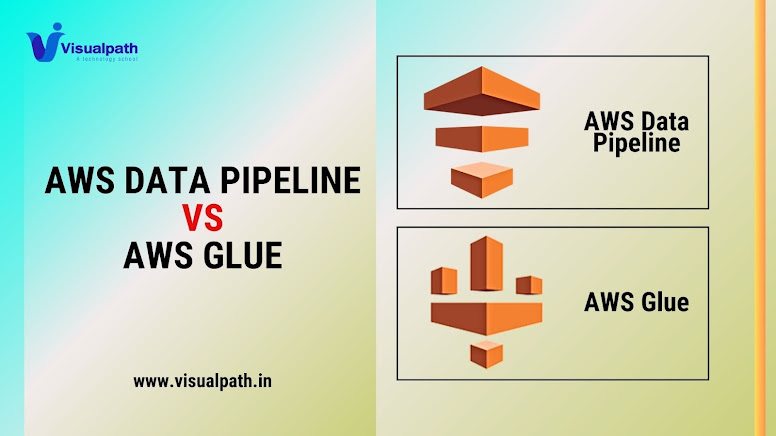ETL and ELT Pipelines in AWS: A Comprehensive Guide | AWS

Introduction to ETL and ELT In data processing, ETL (Extract, Transform, Load) and ELT (Extract, Load, Transform) are two fundamental approaches used to manage data pipelines. These processes are crucial for data integration, enabling businesses to move data from various sources into a data warehouse, where it can be analyzed and used for decision-making. AWS (Amazon Web Services) provides robust tools and services for building ETL and ELT pipelines, each catering to specific use cases and performance requirements. AWS Data Engineer Training ETL (Extract, Transform, Load) in AWS ETL is the traditional method of data processing. It involves three main steps: 1. Extract : Data is extracted from various sources, such as databases, APIs, or flat files. 2. Transform : The extracted data is then transformed to meet the specific requirements of the target data warehouse. This could involve data cleaning, filtering...



